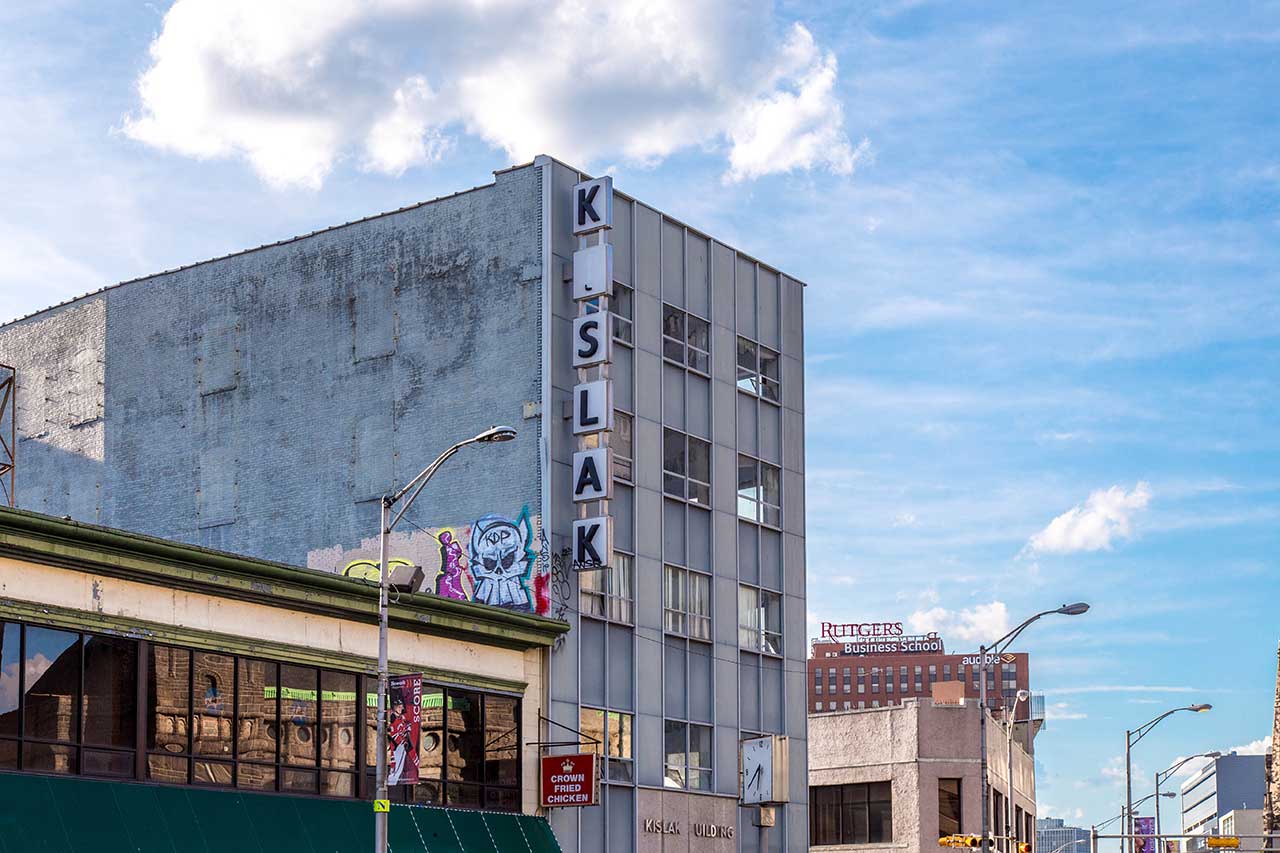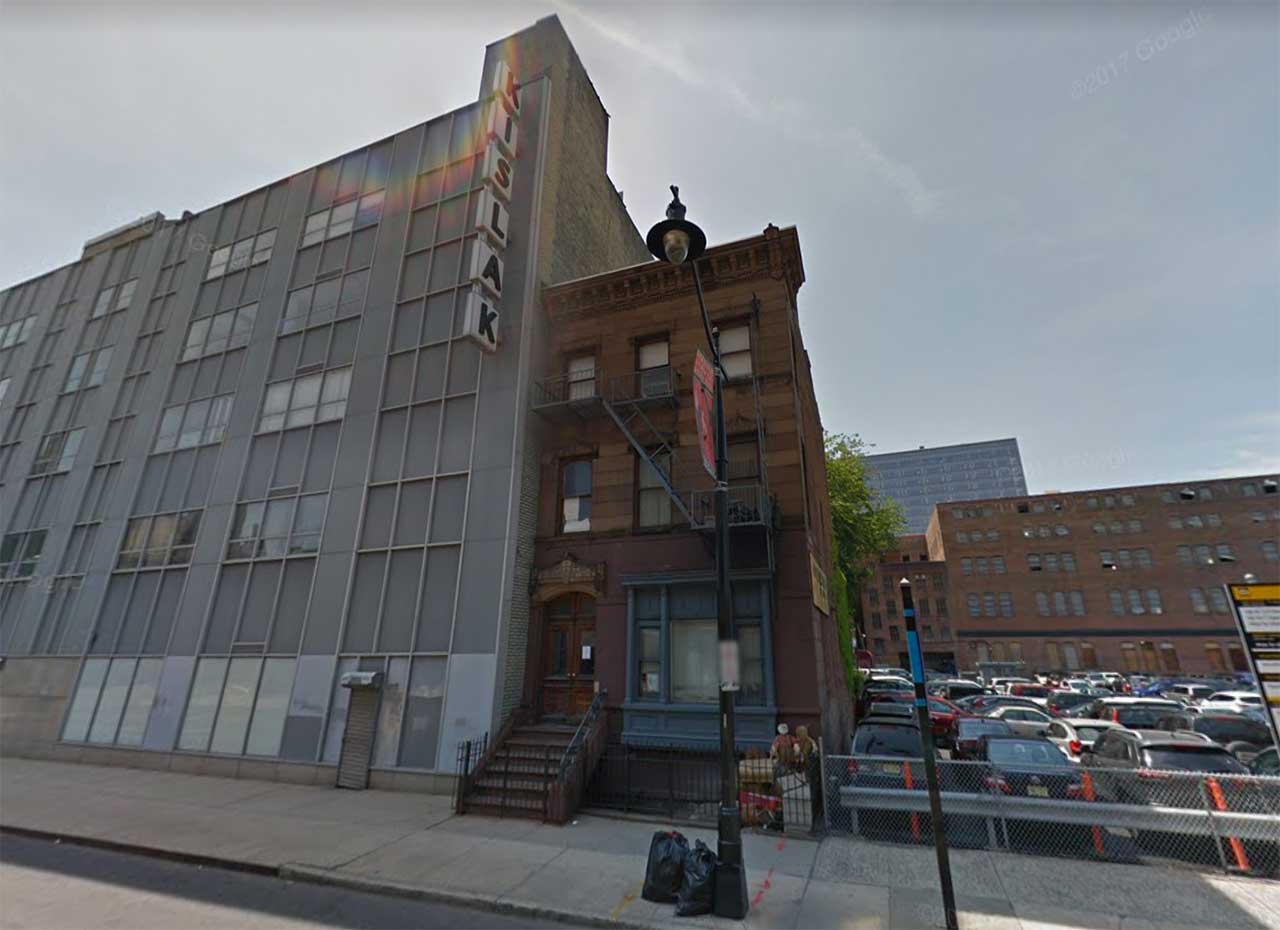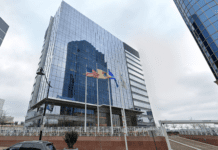
Like many of the new developments and adaptive reuse projects underway in New Jersey’s largest city, the conversion of a former office building in Downtown Newark into a mixed-use development could receive a tax abatement.
Last year, Jersey Digs broke the news that the five-story Kislak Building, located at 579 Broad Street in the Central Ward, as well as the adjacent historic three-story brownstone structure at 12 Central Avenue, are slated to be rehabilitated. As part of the plans, 48 market-rate residential rental units along with 5,712 square feet of ground floor commercial space are proposed. The project has already received the necessary approvals with conditions from the Newark Central Planning Board.

The Kislak Building, which dates to 1960, is named for The Kislak Company, a regional real estate corporation, and signs reading ‘Kislak’ still stand prominently alongside the structure. The Italianate-influenced building at 12 Central Avenue dates to 1880, according to National Park Service records. Both of the structures were recently vacant.
Central Planning Board records show that a one-story penthouse addition is planned for the Kislak Building, and that there would be two retail spaces. Five of the units would be at 12 Central Avenue, while the remaining 43 would be within the Kislak Building. Jack Inglese of Inglese Architecture and Engineering is listed as the project architect and engineer.
The project will be developed by Redmellon 579 Holdings, LLC, which is run by New Orleans-based Redmellon Restoration and Development. Company founder Neal Morris told Jersey Digs last year that this is the company’s first project in Newark. Most of Redmellon’s developments are in Southeast Louisiana.
The tax abatement resolution was initially on the agenda for the Newark Municipal Council’s meeting on August 22nd. According to City records, it is set to last for 22 years, and there were Tax Abatement Committee meetings regarding the proposal in April.
“The relative benefits of this project outweigh any costs associated with this tax exemption and that without the tax abatement granted herein, the project would not be undertaken,” according to the ordinance.
In lieu of taxes, there will be an annual service charge that will start at 11% of the project’s annual gross revenue, and that number will increase in phases. 50% of any jobs created when the project is completed are expected to be given to Newark residents.


